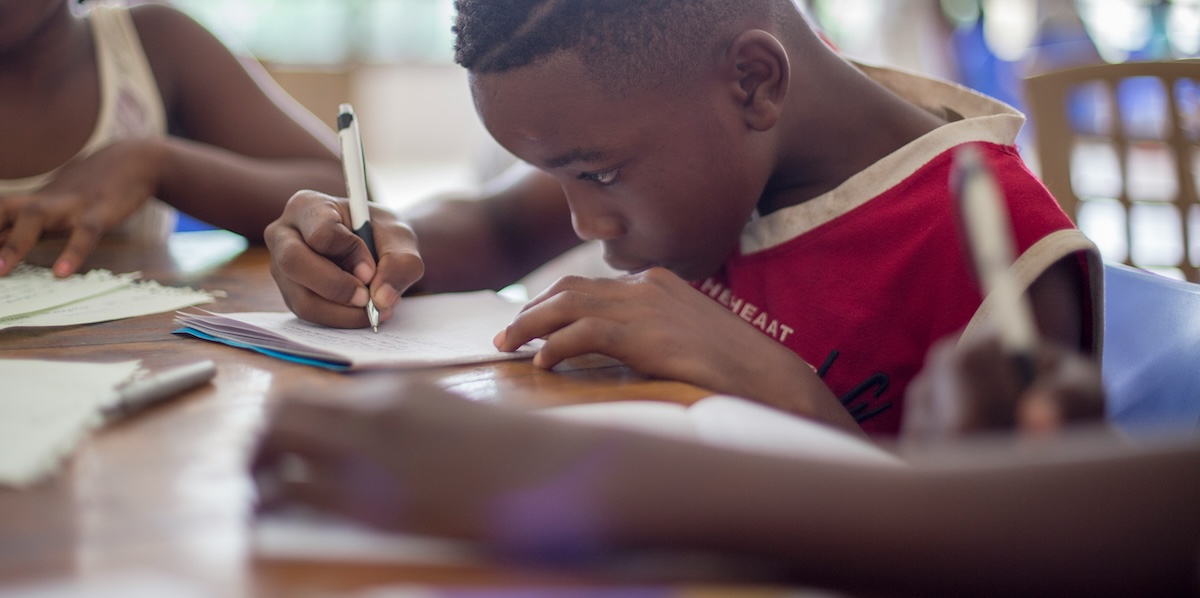How Children Can Learn to Stop Procrastinating

In our recent feature about How Children Can Change the World, we talked about the need for them to overcome something that many generations prior have been guilty of – procrastination:
“Ironically, most children aren’t taught about the concept of procrastination until much later in life, when it’s too late and the behavior has already taken hold […] Procrastination is like an invasive insect (vs beneficial ones) or open flame in a forest that needs to be squashed upon sight. Whatever your family or classroom plan to begin changing the world may be, begin now. That may mean planting a single seed in a garden, drawing a poster for a neighborhood recycling drive, or any other small step. Start today and the world will immediately begin to look like a better place.”
How Children Can Change the World
In order for our nation’s children to do amazing things, they do indeed need to avoid falling into the trap of humming and hawing, dilly-dallying, and shilly-shallying. Easier said than done though, right? That’s what we’re here to help solve. How can children learn to stop procrastinating on important projects? Let’s find out!
5 Steps to Breaking the Cycle of Childhood Procrastination at Home and at School
1. Empower Them to Choose Projects They Are Excited About
Kids put things off when they’re not excited about them. Whatever the subject that initiates a project may be, empower children to choose a concept or theme that will get them more excited about it. Their creative minds will come up with ways to work things that they are passionate about (gardening, painting, building, etc.) into pretty much any subject (math, science, history, etc.).
2. Create a Defined Roadmap for Projects
Unknowns and uncertainties about duties regarding a project foster an environment of procrastination. Work with your kids/students to create a defined roadmap that covers required tasks from beginning to midpoint to end. This roadmap should be physical (on construction paper or a white board) and displayed in the space where they will be working on the project. It should also be repurposed in digital format so that they can access it when away from the project workspace.
3. One Small Task Per “Day”
The project roadmap will give kids a reference point for the tasks that they need to complete. Have them commit to completing at least one task per day or whatever time-block is logical depending on the scope of the project. The goal is to get them accustomed to task completion so that it becomes habitual like brushing teeth, so that they don’t they can’t leave the class or go to sleep at night until they’ve checked that box. And often, once one small task is completed, a flow-state takes over and kids may continue on to the next related task, and the next.
4. Incremental Rewards
Positive reinforcement is very effective in getting kids to complete tasks. Incremental rewards should be worked into projects to encourage kids to work towards completion. Rewards don’t have to be provided with each single task, but inserted logically based on important milestones. For example, if the project is to repaint a picket fence that surrounds as backyard or school garden, a reward can be provided once the old paint has been sanded away, then again when it has been primed, and again once the first coat has been applied, and so forth.
Knowing that there is a reward at the end of key tasks and at the end of the project funnel is a major incentive to not procrastinate. It also creates positive habitual behavior. Rewards needn’t be prizes per se (although it’s nice to incorporate them sometimes) as even a certificate of recognition that they can show to parents and peers is motivation enough.
5. Get Their Peers Involved Too
A great way to teach kids about responsibility while discouraging procrastination is to have them work in groups. When their peers rely upon them to complete a project, they will be more likely to do their tasks. This also provides an opportunity to take on leadership roles which will get them really excited about getting the job done. This also teaches them to lead by example. Follow our Foundation’s guide to Creating a Gardening Board of Directors for Kids which can be applied to all types of projects.
The Plant a Seed & See What Grows Foundation works tirelessly to inspire and promote healthy living for kids across Canada. Help us help the next generation by pledging your support too! View more on how you can get involved.








